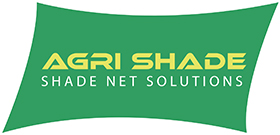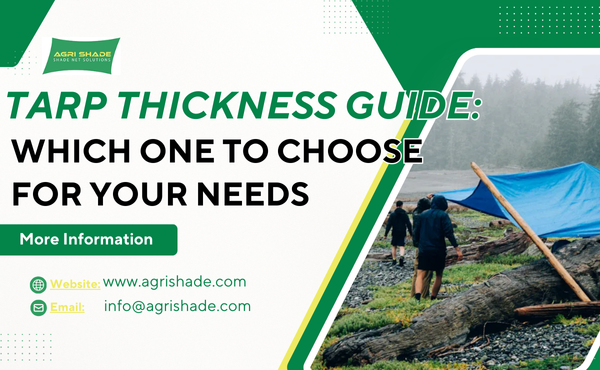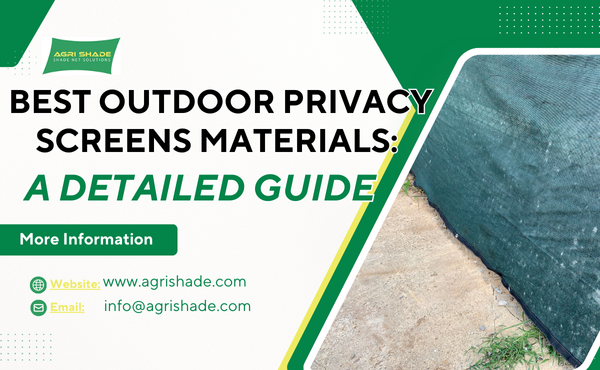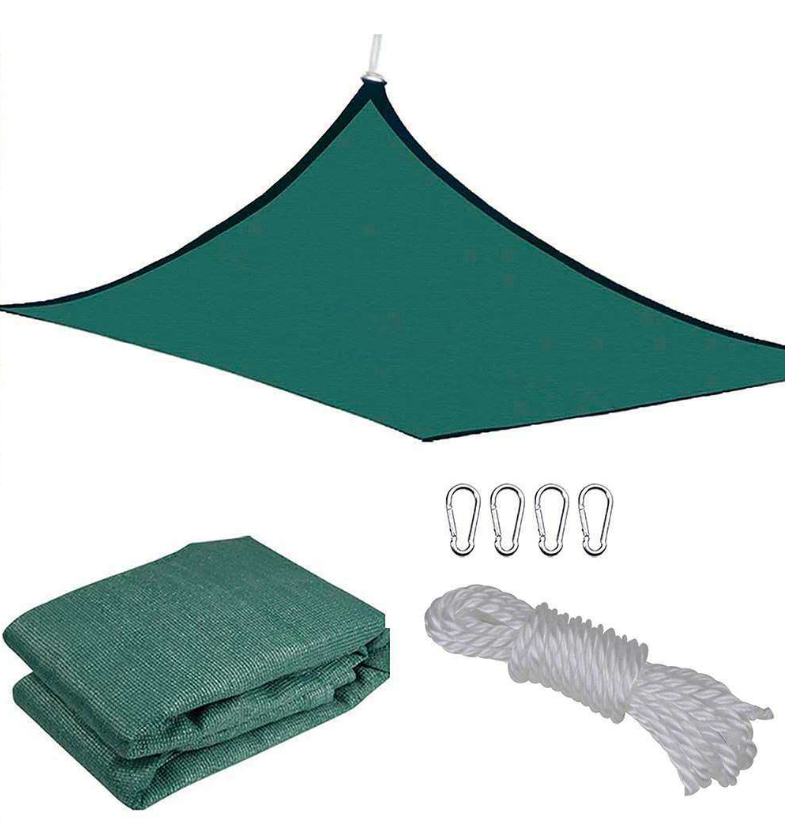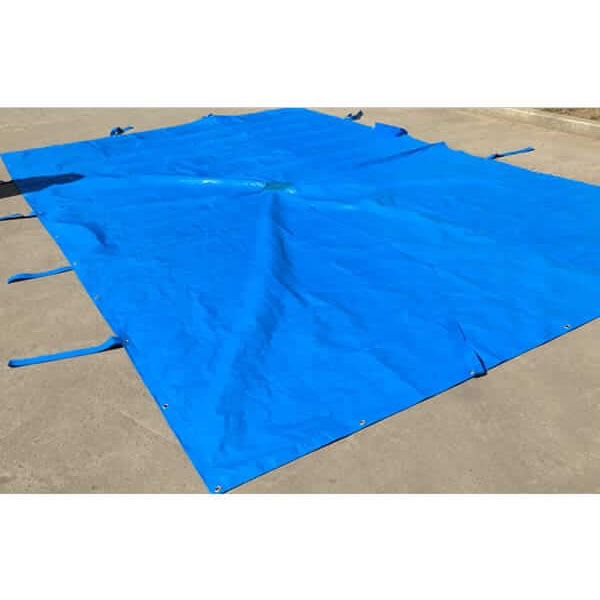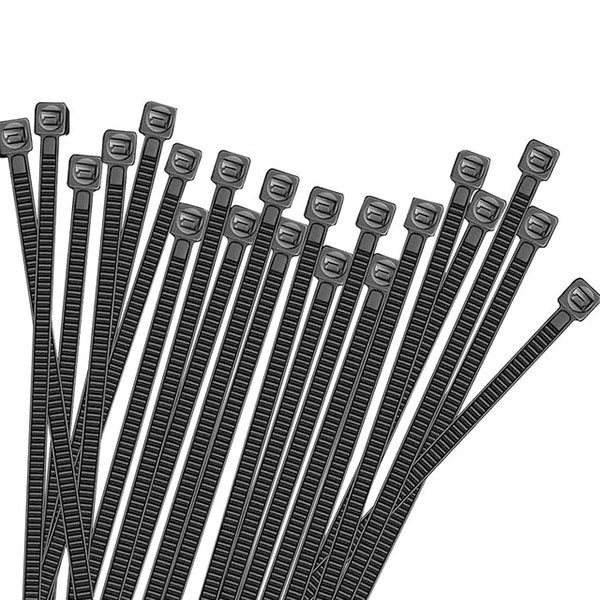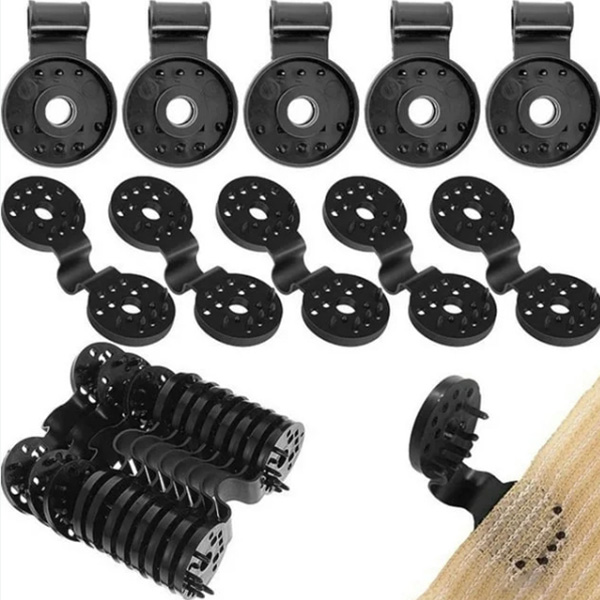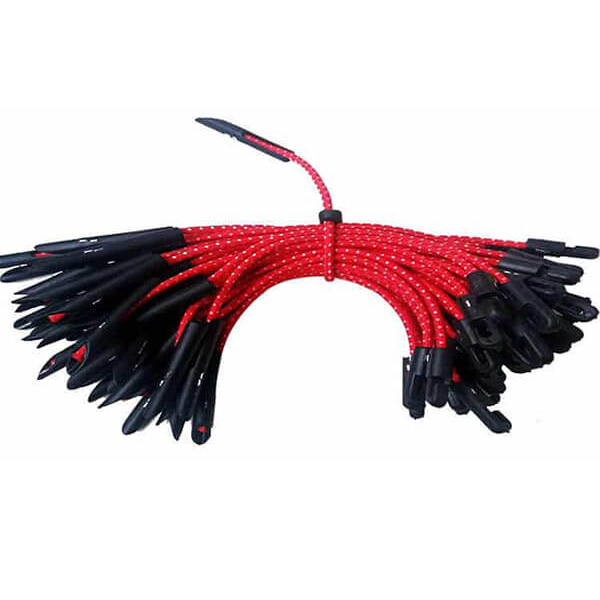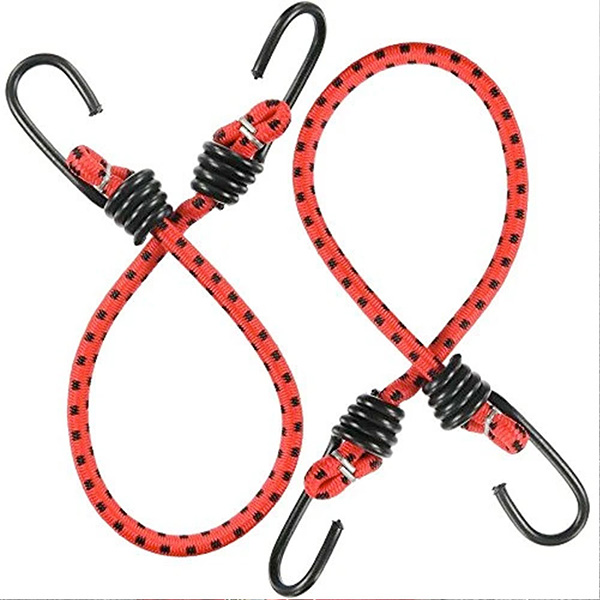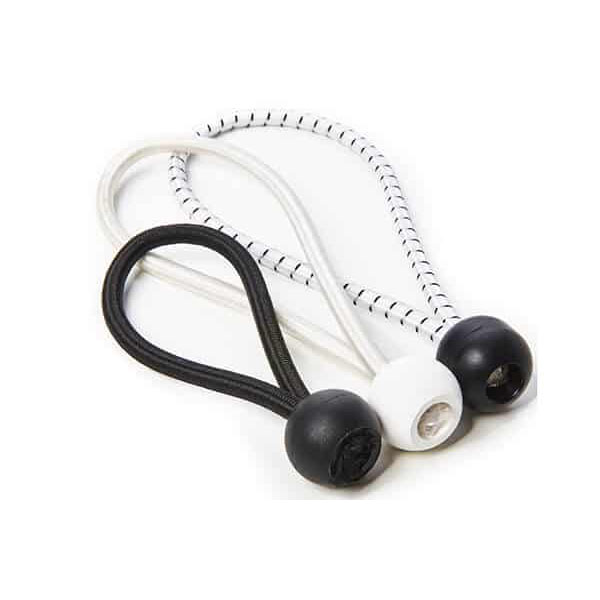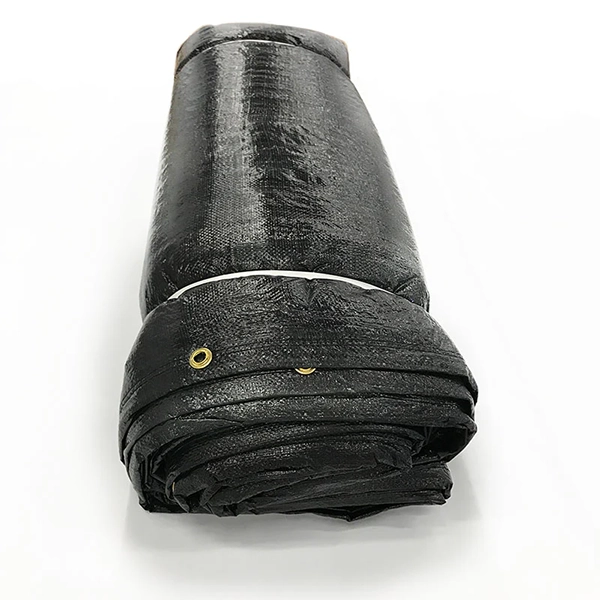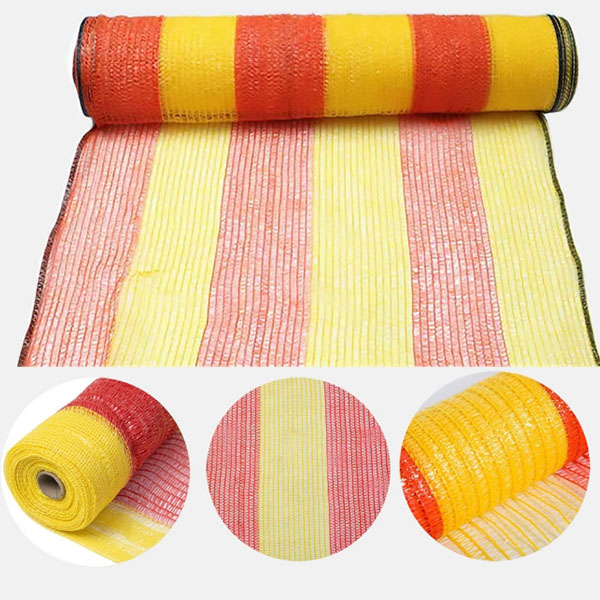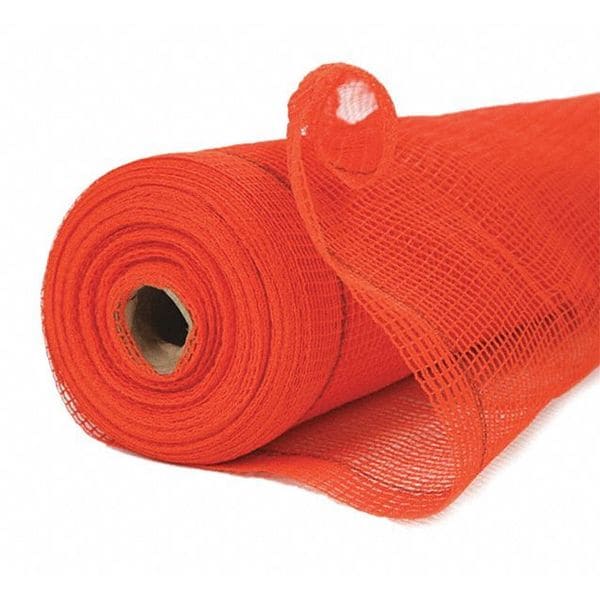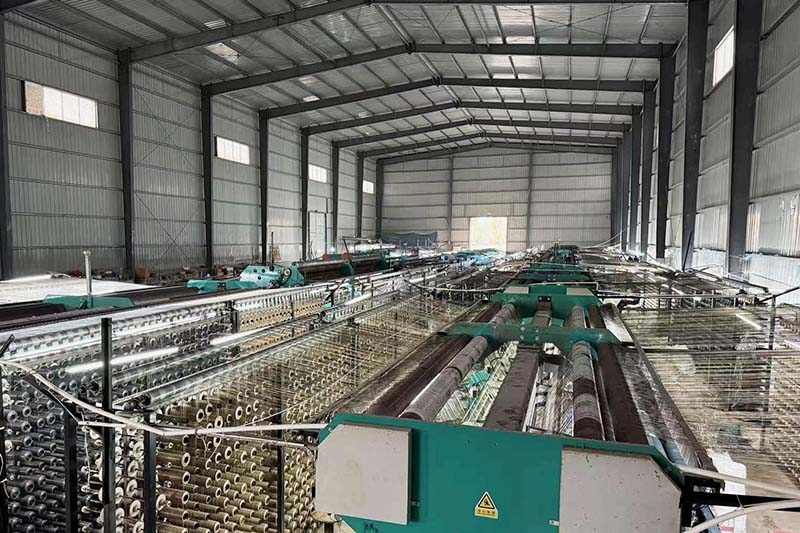Working at height on construction sites presents serious risks, with falls and falling debris causing many injuries and fatalities each year. Despite various safety measures, accidents still happen when protection systems fail or are insufficient.
This is where safety nets come in — a crucial, passive fall protection tool designed to catch workers who fall and to stop tools or materials from dropping to lower levels.
In this article, you will learn what safety net is, the types available, and why they matter for your construction site’s safety and compliance.
What is a Safety Net in Construction
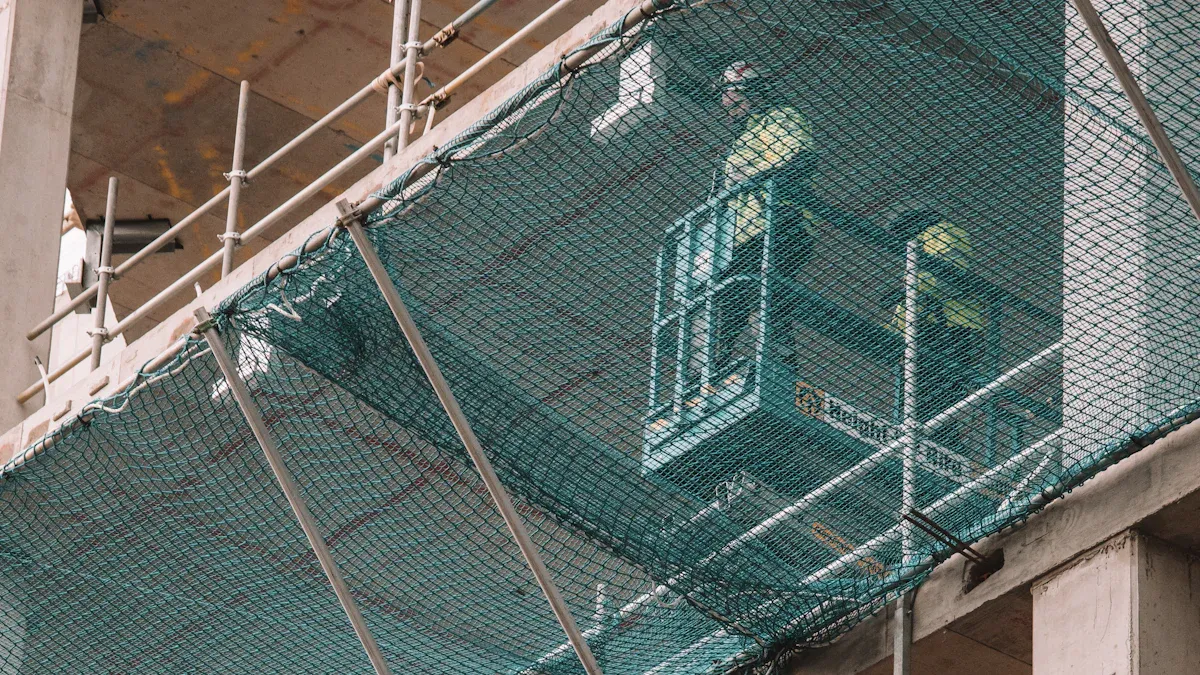
Purpose & Function
Workers rely on safety nets to catch you if you fall from height. These nets act as passive fall protection, which means they work without you needing to do anything.
When you work on scaffolding or high platforms, the netting sits below you and provides a safety barrier. If you drop tools or materials, the netting also stops debris from falling to lower levels. This dual function keeps both workers and bystanders safe.
Safety nets in construction serve as a backup when other systems, like guardrails or harnesses, cannot cover every risk. You get protection from both falls and falling objects.
This system helps you meet safety net requirements and keeps your site compliant with regulations. Passive fall protection works best when you install the netting correctly and check it often.
Key Components
A safety net system includes several important parts. The main netting forms the barrier that catches you or debris. You will see border ropes that add strength and help the net keep its shape. Connectors and anchors hold the netting in place and attach it to the structure.
You must follow strict requirements for construction safety netting. OSHA sets rules for minimum breaking strength, which means the netting must hold at least 5,000 pounds.
The mesh size cannot be too large, so nothing slips through. The netting must extend far enough beyond the work surface to catch anyone who falls. These requirements make sure the system gives you full protection.
| Component | Function |
|---|---|
| Netting | Catches workers and debris |
| Border Ropes | Reinforce edges and keep net shape |
| Connectors/Anchors | Secure netting to structure |
Why Use Safety Nets in Construction?
Risk Reduction
You face many hazards on a construction site. Falls remain the leading cause of injury and death in construction. Safety nets give you a strong layer of protection against fall hazards. When you work at height, you need a system that catches you if you slip or lose balance. Safety nets help prevent serious injury by stopping your fall before you hit the ground.
You also protect your team from falling tools and debris. These hazards can cause injury to workers below. By using safety nets, you reduce the risk of both direct and indirect injury. You create a safer environment for everyone on the construction site. Workers feel more confident when they know fall prevention systems are in place.
You lower the chance of fatal accidents with proper safety netting. Each net acts as a backup for other fall protection systems. You cannot always predict every hazard, but you can prepare for them. Safety nets help you meet your duty to protect every worker from injury.
Productivity & Compliance
You save time and money by using safety nets. Fewer injuries mean less downtime on your construction site. When you reduce fall hazards, you keep your project on schedule. You also avoid costly delays from accident investigations or medical emergencies.
Safety nets help you meet legal requirements. Regulations demand that you address fall hazards and protect your workers. By following these rules, you avoid fines and legal trouble. You also show that you value safety and care about your team.
| Benefit | Impact on Construction Site |
|---|---|
| Fewer injuries | Less downtime, lower costs |
| Legal compliance | Avoid fines, pass inspections |
| Improved morale | Higher productivity, safer workers |
You build a reputation for safety when you use proper fall protection. Clients trust you more when they see you take hazards seriously. A safe construction site attracts skilled workers and keeps your business strong.
Types of Safety Netting
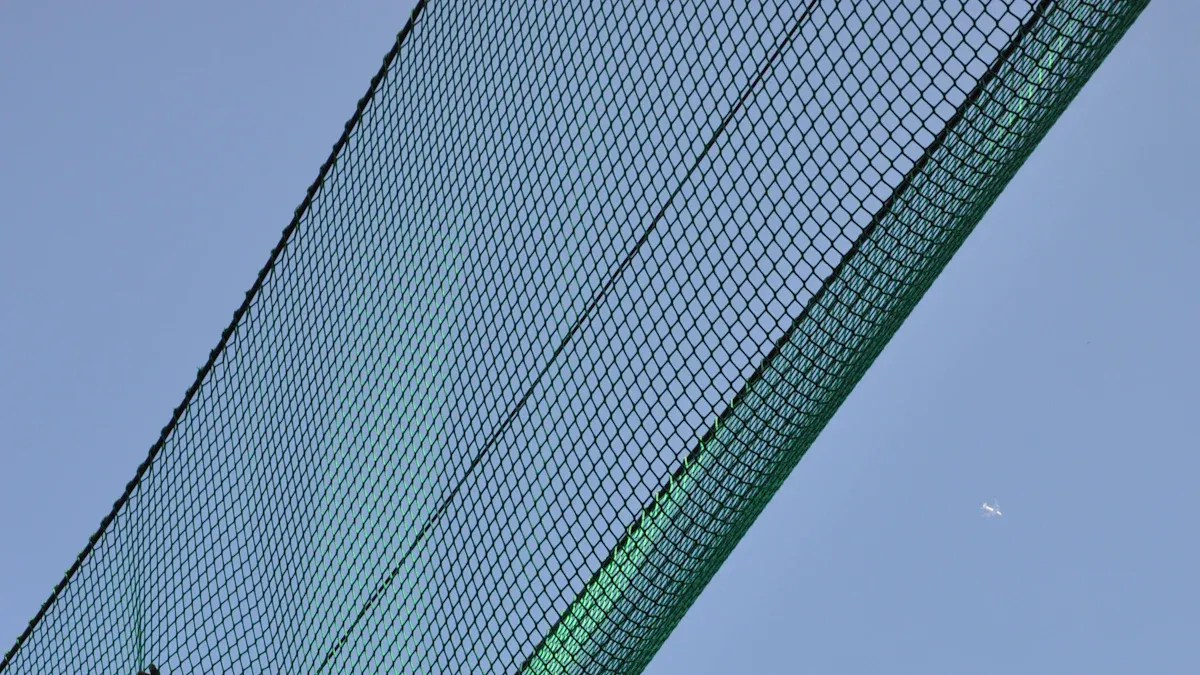
Fall Protection Nets
You use fall protection nets as a key part of your fall protection system. These nets catch you if you fall from a height. The netting stretches below work areas and forms a strong barrier. You trust this netting to stop your fall and reduce injury.
This type of safety netting works best when you cannot use harnesses or guardrails. You often see these nets on bridges, high-rise buildings, and scaffolding. The netting must meet strict standards for strength and mesh size. You need to check that the system covers all open edges and gaps.
Debris Netting
Debris netting keeps your site safe from falling tools and materials. You use this netting to catch debris before it can hit workers or bystanders below. The mesh in debris netting is smaller than in fall protection nets.
This design stops even small objects from slipping through. You often see debris netting wrapped around scaffolding or building frames. The netting helps you keep your site clean and safe. You also meet safety rules by using this system.
- Debris netting protects people on lower levels.
- It also prevents property damage from falling objects.
Multi-Purpose Netting
Multi-purpose netting gives you both fall and debris protection. You use this netting when you need a system that does more than one job. Some sites use two-ply netting, which combines a strong layer for fall protection and a fine mesh for debris.
You get a flexible solution for complex projects. This netting helps you save time and money by reducing the need for separate systems. You still need to check that the netting meets all safety standards.
| Type | Main Use | Mesh Size | Typical Location |
|---|---|---|---|
| Fall Protection Nets | Catching falls | Larger | Bridges, high-rise sites |
| Debris Netting | Stopping debris | Smaller | Scaffolding, frames |
| Multi-Purpose Netting | Both fall and debris | Mixed (two-ply) | Complex job sites |
Construction Safety Net Installation
You need to follow a clear process for safety net installation. Start by checking the work area and measuring the space for net installation. Select the right netting and make sure it meets all strength requirements. Lay out the net and inspect it for any damage before you begin net installation.
Attach border ropes to the net edges. These ropes give extra strength and help the net hold its shape during installation. Use strong connectors to join net panels together.
Make sure each connection is tight and secure. Anchor the net to solid points on the structure. You must extend the net installation beyond the work surface by the required distance. This step ensures full coverage in case of a fall.
You should inspect the entire net installation after setup. Look for gaps, loose ropes, or weak spots. Fix any issues before work begins. Repeat this inspection after any major change or impact.
OSHA & Industry Standards
You must follow OSHA rules for every net installation. OSHA sets strict standards for safety net installation on construction sites. The netting must have a minimum breaking strength of 5,000 pounds. Mesh openings cannot be larger than 6 inches. The net installation must extend at least 8 feet beyond the edge of the work surface.
Local codes may add more rules for net installation. Always check these before you start. You need to keep records of each net installation, including inspection dates and any repairs. This practice helps you stay compliant and ready for any safety audit.
| Standard | Requirement |
|---|---|
| Breaking Strength | 5,000 pounds minimum |
| Mesh Size | 6 inches or less |
| Extension Beyond Edge | At least 8 feet |
| Inspection Frequency | Before use and after any impact |
Inspection & Maintenance
Inspection Checklist
You need to check your safety nets before every shift. Start your safety net inspection by looking for any cuts, tears, or broken strands in the netting. Examine all border ropes and connectors for signs of wear. Make sure anchors stay tight and secure. If you see any damage, remove the net from service right away.
Use this simple checklist for each net inspection:
- Check netting for holes or frayed edges.
- Inspect border ropes for strength and tightness.
- Test connectors and anchors for security.
- Confirm the net extends far enough past the work area.
- Look for any debris caught in the net.
Maintenance Practices
You must keep your safety nets in top condition. Clean the netting regularly to remove dust and debris. Store nets in a dry place when not in use. Replace any damaged parts as soon as you find them. Schedule a full safety net inspection at least once a week, even if you do not see any problems.
A good maintenance plan keeps your safety system strong. Regular care helps you meet all safety rules and keeps everyone on site protected.
| Maintenance Task | Frequency |
|---|---|
| Visual inspection | Before each use |
| Deep cleaning | Weekly |
| Replace damaged parts | As needed |
Conclusion
Safety nets are a vital part of construction fall protection. They provide a critical safety layer that catches falls and prevents injuries from falling debris. By choosing the right netting system, following OSHA standards, and maintaining regular inspections, you create a safer job site and protect your workforce.
Don’t wait for an accident to happen—evaluate your site’s fall protection needs today and consider safety nets as an essential component.
